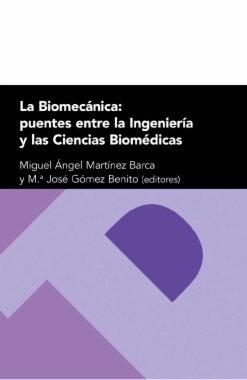Estás filtrando por
Se encontraron 409 resultados en recursos
Compartir este contenido
How can the participation of Johnny Cay workers support the FreshWaterMill project? Systems and bottom-up approach to a technology transfer from The Netherlands to Johnny Cay, San Andrés, Colombia
Copia el enlace o compártelo en redes sociales
Greenwashing en la industria minera del carbón a gran escala - evidencias del caso colombiano
Compartir este contenido
Greenwashing en la industria minera del carbón a gran escala - evidencias del caso colombiano
Copia el enlace o compártelo en redes sociales
Multilayered Evolutionary Architecture for Behaviour Arbitration in Cognitive Agents
Compartir este contenido
Multilayered Evolutionary Architecture for Behaviour Arbitration in Cognitive Agents
Copia el enlace o compártelo en redes sociales
Miel I 188 m high rcc dam: Monitoring an exposed geomembrane system after 11 years of service
Compartir este contenido
Miel I 188 m high rcc dam: Monitoring an exposed geomembrane system after 11 years of service
Copia el enlace o compártelo en redes sociales
Ensayo sobre abasto de aguas para Bogotá
Compartir este contenido
Ensayo sobre abasto de aguas para Bogotá
Copia el enlace o compártelo en redes sociales
Fuentes de riqueza
Compartir este contenido
Fuentes de riqueza
Copia el enlace o compártelo en redes sociales

La biomecánica : puentes entre la ingeniería y las ciencias biomédicas
Compartir este contenido
La biomecánica : puentes entre la ingeniería y las ciencias biomédicas
Copia el enlace o compártelo en redes sociales
Sensing with a 3-toe foot for a mini biped robot = Midiendo con un pie de 3 dedos para mini robots bipedos
Compartir este contenido
Sensing with a 3-toe foot for a mini biped robot = Midiendo con un pie de 3 dedos para mini robots bipedos
Copia el enlace o compártelo en redes sociales
A Framework For The Managemente Of The Biodegradable Waste In Bogotá-Colombia = Un Marco Para El Manejo De La Basura Biodegradable En Bogotá-Colombia
Compartir este contenido
A Framework For The Managemente Of The Biodegradable Waste In Bogotá-Colombia = Un Marco Para El Manejo De La Basura Biodegradable En Bogotá-Colombia
Copia el enlace o compártelo en redes sociales
Organic photodetectors = Fotodetectores organicos
Compartir este contenido
Organic photodetectors = Fotodetectores organicos
Copia el enlace o compártelo en redes sociales
Selecciona las Colecciones en las que vas a añadir el contenido
Para consultar los contenidos añadidos busca la opción Tus colecciones en el menú principal o en Mi perfil.
